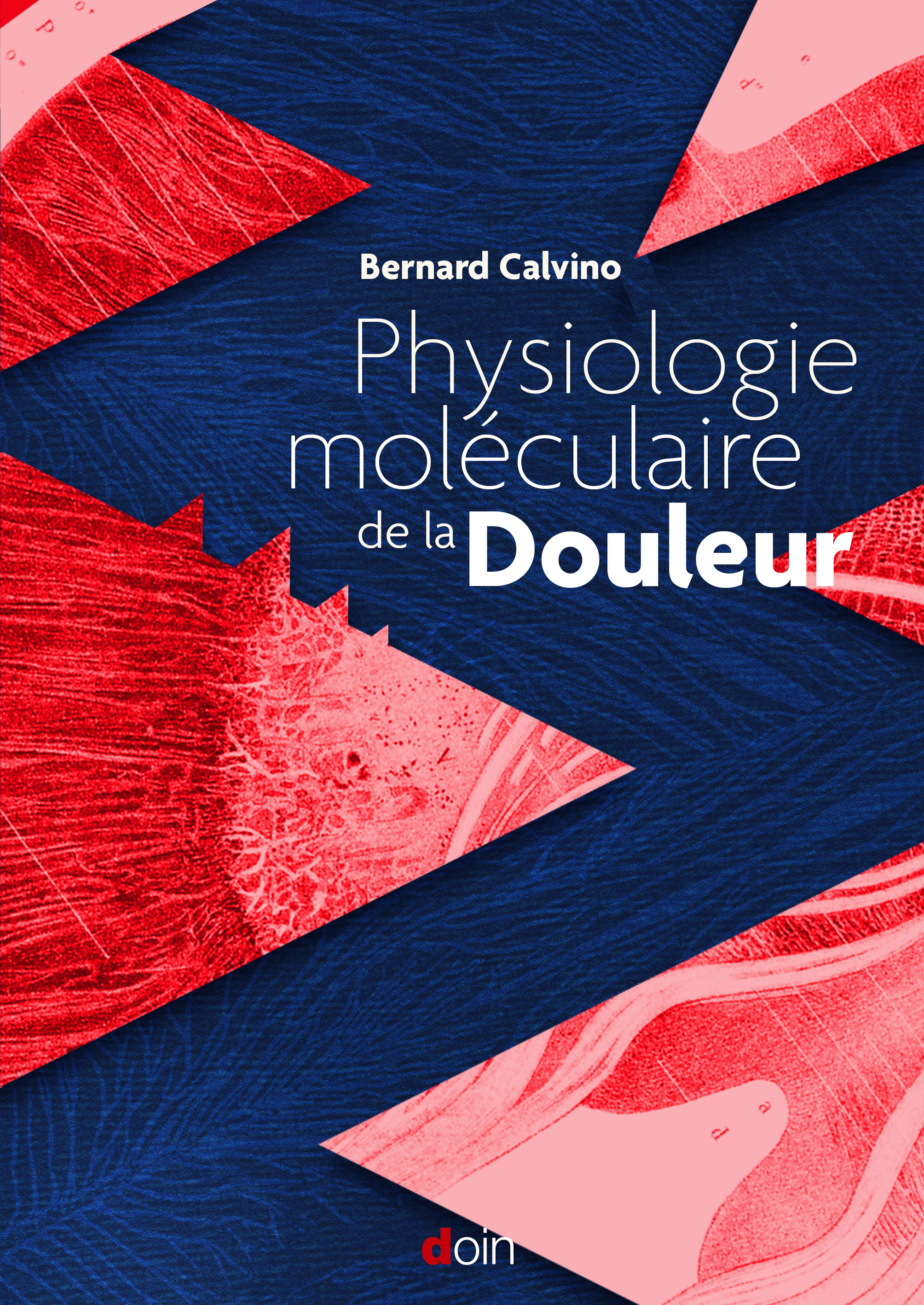(for any order > 35€)
For the first time in French language, the reference book dealing with the neurobiological, physiological and molecular aspects of pain
• Through a popularized approach, this book presents recent scientific data to understand the neurobiology of pain at the body level, physiology and pathophysiology, and at the cellular level, the molecular aspects of the systems involved in the genesis and modulation of pain information. "Pain" because there are several: acute pain due to excessive nociception, chronic inflammatory pain, chronic neuropathic pain, mixed cancer pain, phantom limb pain, idiopathic no-disciplinary pain.
• The objective of this book is to explain the complexity of pain, emphasizing the particular complexity of the transition from acute to chronic pain, the main problem faced by clinicians due to the great difficulty of relieving it.
• The book outlines the main contributions of pain research. This includes introductory themes that allow the reader to grasp pain in its complexity, and others, much more specific, such as cancer pain, pain memory and the molecular aspects of endogenous opioid and cannabinoid systems.
• Few doctors are trained in pain management and it is therefore important to be able to provide a scientific book that allows a better understanding of pain. It will also be very useful for all students wishing to improve their knowledge of the medical studies and the various diplomas associated with the teaching of pain (capacity, DU-DIU) but also scientific studies in neuroscience.
Bernard Calvino is Honorary Professor of the Universities of Neuroscience, former Professor of Physiology at ESPCI (École Supérieure de Physique et de Chimie Iindustrielles, Paris)
Summary
-----------
• What is pain?
• Transition from acute to chronic pain - neuroplasticity
• Pain cells
• Experimental models of pain
• Morphine and endogenous opioid systems
• OIH (Opioid Induced Hyperalgesia): a paradoxical phenomenon, opioid-induced hyperalgesia
• Endogenous cannabinoid systems
• Ionic channels and pain: the TRP family and nociceptive thermal sensitivity (I)
• Ionic channels and pain (II)
• Cancer and pain - animal models of pain associated with cancer: neurotoxicity of anti-cancer molecules and bone metastases
• Pain memory: molecular, cellular and systemic memory - from LTP to phantom-limb pain
• Neuromodulation - neurostimulation and pain
• Evolution of the different conceptions of pain in Henri Laborit
Conclusion - Pain and suffering: meaning, meaning, origin of pain
Bernard Calvino est professeur honoraire des universités en neurosciences, ancien professeur à l’Université Paris XII-Créteil et ancien titulaire de la chaire de physiologie à l’ESPCI (École Supérieure de Physique et de Chimie Industrielles, Paris). Il a dirigé une équipe de recherche « Neuroplasticité et douleur chronique » au sein d’un laboratoire de l’INSERM puis du CNRS.
